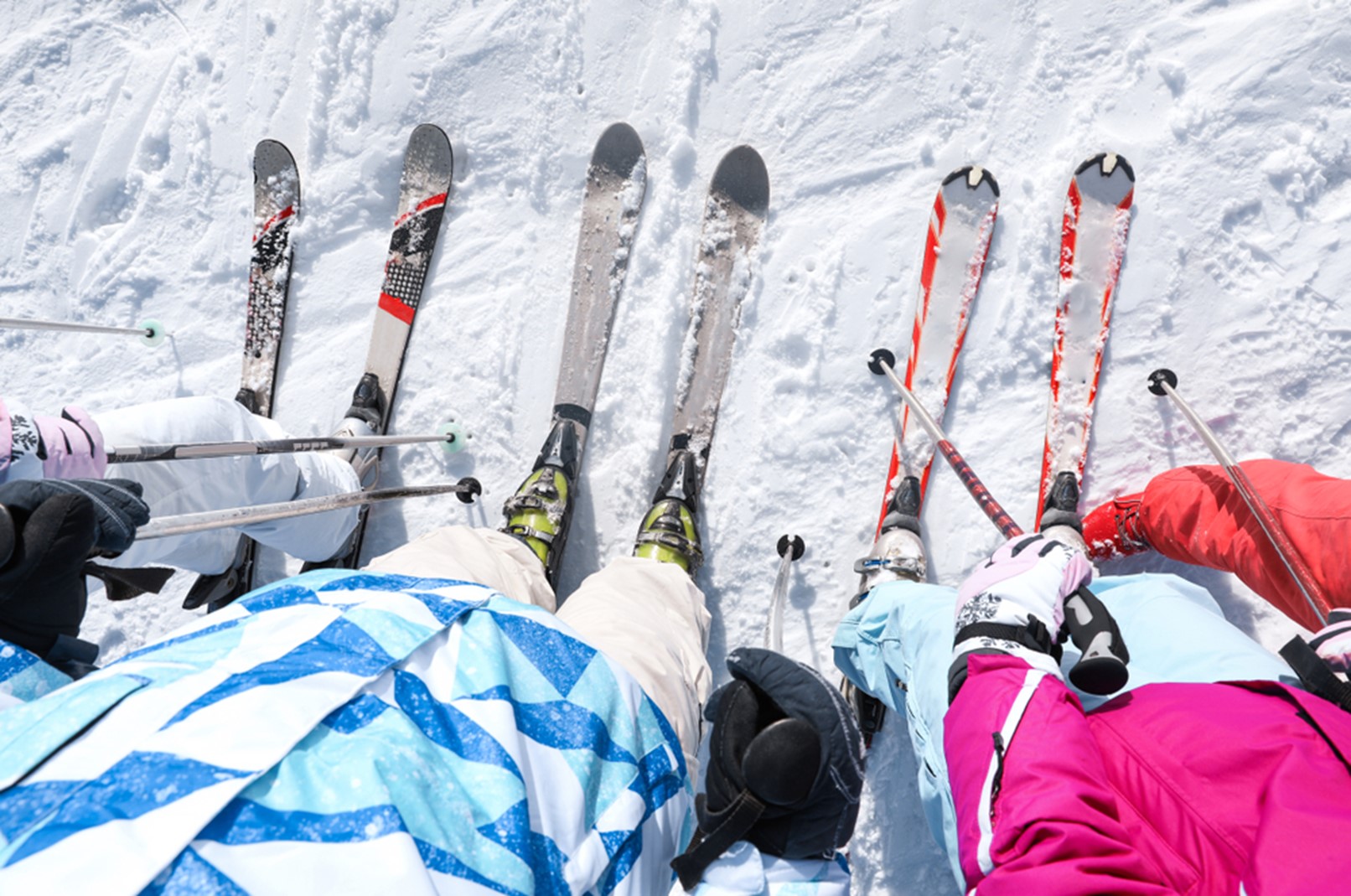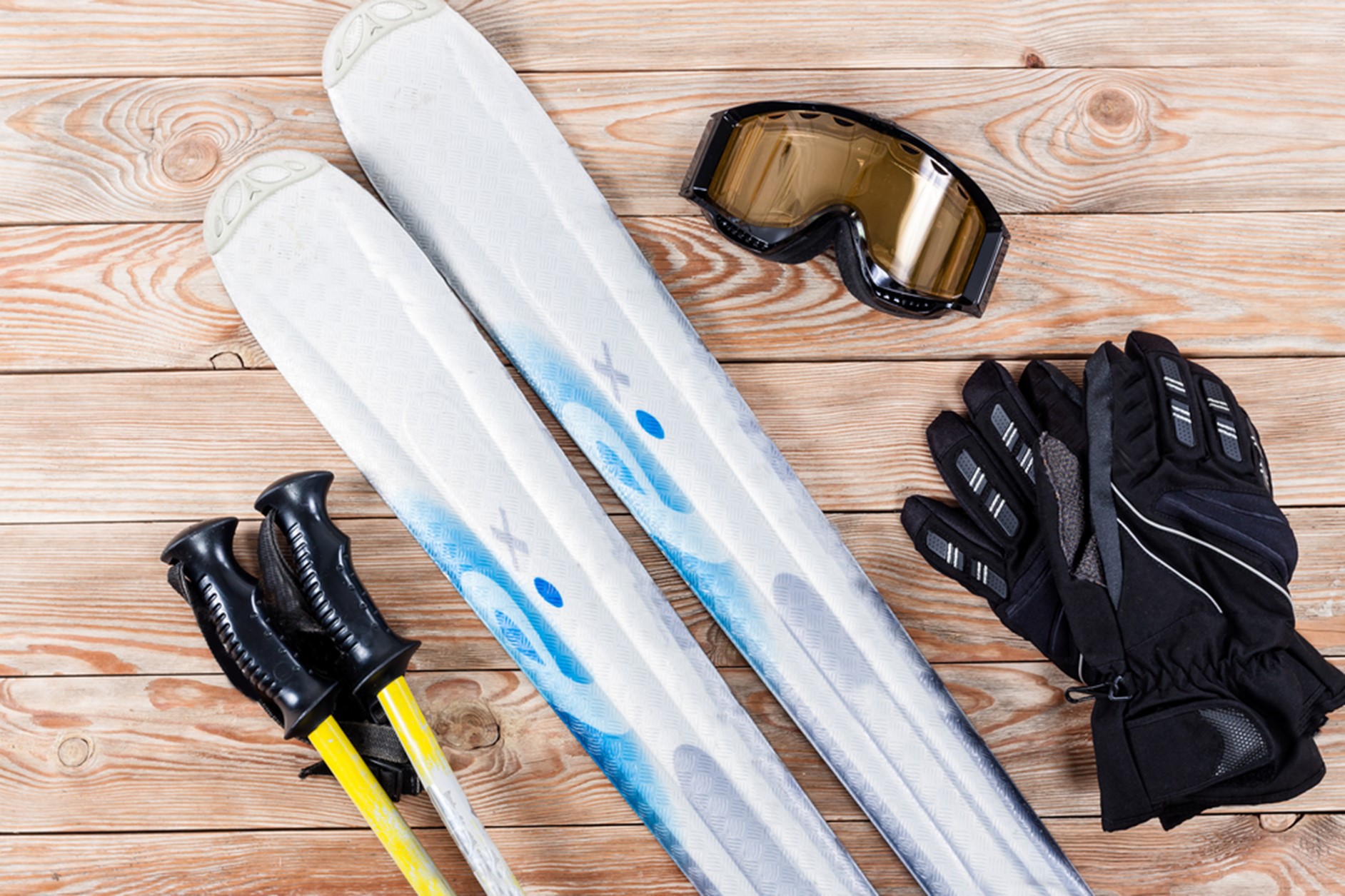How to Prepare for Ski Season: 3 Tips to Keep in Mind
It’s that time of year again. Ski resorts all over the U.S. are gearing up for historic traffic levels as the start of the official ski season draws near. The sport comes alive in mid-November, running to April or later, depending on where you ride.
No two ski seasons are exactly alike. The changing climate, travel delays and gear issues/shortages can bring the excitement to a halt. Prepare for the upcoming season to spend more time skiing and less time waiting for a spot on the slopes.
Table of Contents
1. Inspect and Assemble Your Gear
Now’s the time to review everything you need to get around in the snow. Different types of skiing require specific gear. The skis and bindings are designed for a particular riding style. Make sure your equipment is suitable for your activity. Heading off the trail? Use the recommended backcountry ski gear.
If you plan on using your gear, inspect every item well before your departure date. Look for holes, rips and weak spots in your clothing to protect yourself from the cold. Patch torn items with the same waterproof or moisture-wicking materials. Try on the clothing after it’s been laundered to see if it still fits.
Go over your skis, poles and helmet. Watch for dents, chips and other structural issues. Most pairs need to be replaced after 90 to 120 days of use or once every five to eight years.
If you plan on renting your gear, call the resort to ensure plenty of equipment will be available. Try reserving items ahead of time if possible.
Skiing is more fun when you can talk to the person beside you. Keep the conversation going on the slopes with ski helmet communication. Just speak into the receiver to sync up with your companion without taking your eyes off the path or letting go of your poles.
2. Plan Your Trip Around the Weather
Ask any skier — their number one advice: Check the weather. Nothing will affect your stay like the amount of snow on the ground. Entire communities spend half the year migrating all over the continent, searching for fresh powder. Gliding over the pillowy flakes will make you feel like you’re flying without leaving the ground. If you desperately seek freshly fallen snow, use Powderchasers to stay current on the latest weather forecast.

Heavy snowfall can make for the perfect ski getaway, but a major storm will make it nearly impossible to reach your destination. There might be only one road leading to and from the resort. Look for planned outages and construction delays that might affect travel times.
Looking ahead to the 2023-2024 season, experts say El Niño will upend traditional weather patterns across the U.S. Expect a normal, if not drier, end to the year in the Northwest with above-average snowfall in the Northeast. Once January hits, it will be wetter in the West, with a higher probability of Nor’easter storms.
Most resorts offer real-time snow-tracking tools on their websites, powered by the latest weather forecasts. Others even have trail webcams for up-to-the-minute status reports. Check riding conditions in the lead-up to the big day.
3. Prepare Your Body
Hitting the slopes on your first day will shock the system if your body’s not used to the resistance, leaving you sore and aching when you should be having fun. Backcountry and cross-country skiing are the most draining. Too much physical activity after a long period of not exercising can even lead to illness, including fever and fatigue.
Get your muscles in shape for what can be a grueling workout. Depending on your preferred riding style, you will burn anywhere from 350 to 475 calories per hour while skiing.
Focus on improving your balance with core-building exercises and those that utilize the hips, back and legs. Squats, lunges, planks, single deadlifts and the glute bridge are the most effective. Start with no weight or light weights once you have more control.
Weight training will help you power your skis through the snow, but you also need endurance to go the extra mile. Add plenty of cardio to your routine and work on steadily increasing your distance. Try interval training to kick your body into high gear. You will go from pushing yourself to the limit to rest, keeping your heart and lungs on their toes. This perfectly mirrors what it’s like to backcountry or cross-country ski with frequent stopping and starting.
Prepare your body for a particular type of skiing. Balance and core stability are crucial for downhill skiing. You’ll also need excellent hand-eye coordination and 20/20 vision. Endurance and leg power are more important for cross-country skiing.

Make It Your Best Ski Season Yet
Planning for the unexpected is the only way to get through the ski season. The 2023-2024 season should be one of the snowiest in years, but the climate is getting increasingly harder to predict. Information will help you get around obstacles that can ruin your trip. Use the proper gear to stay safe once you reach the slopes.

